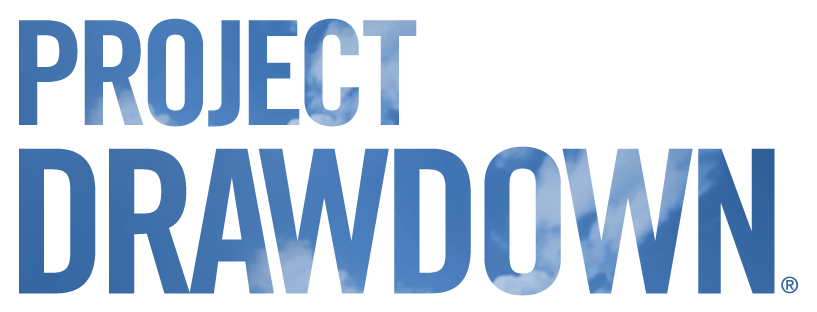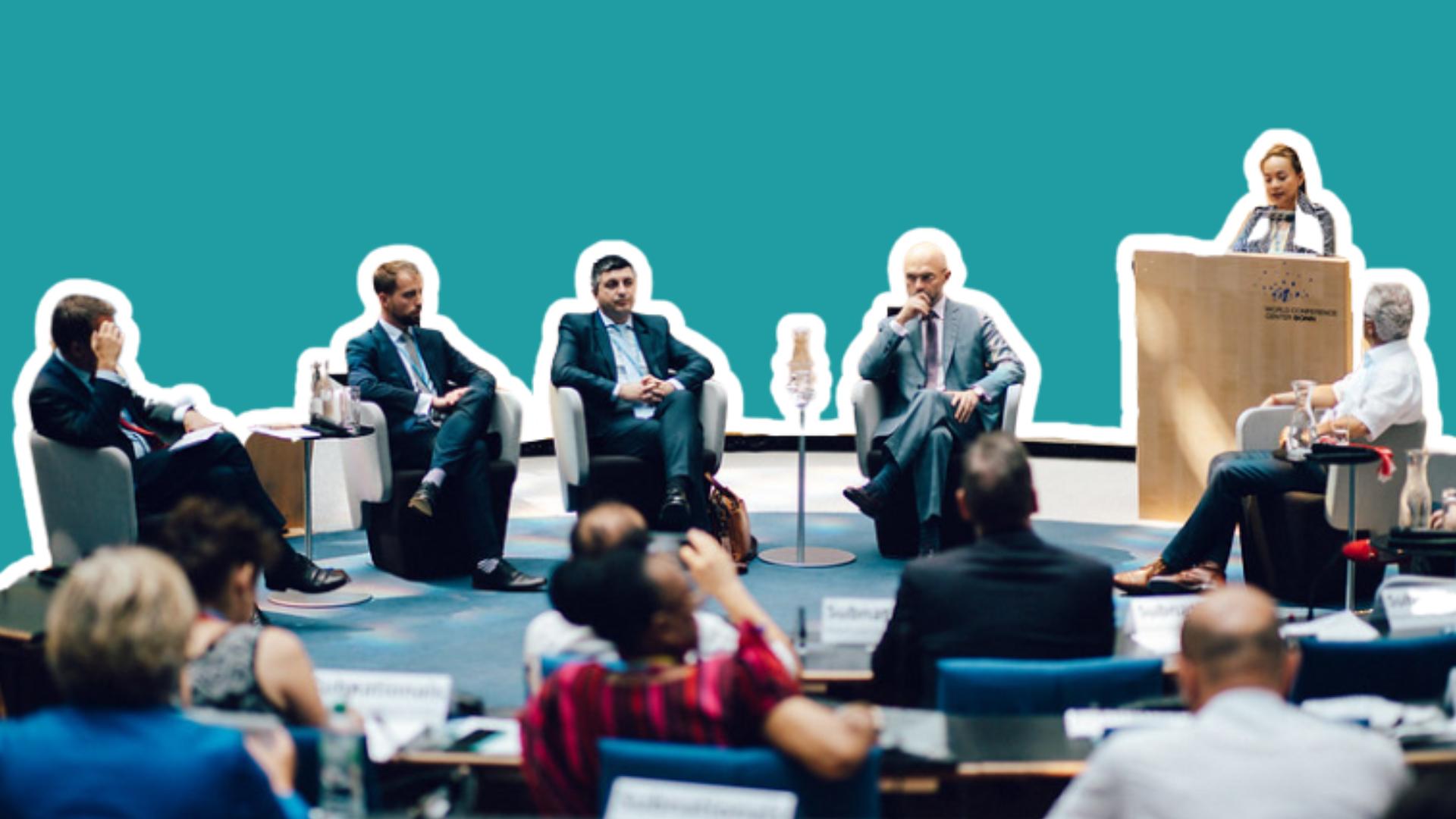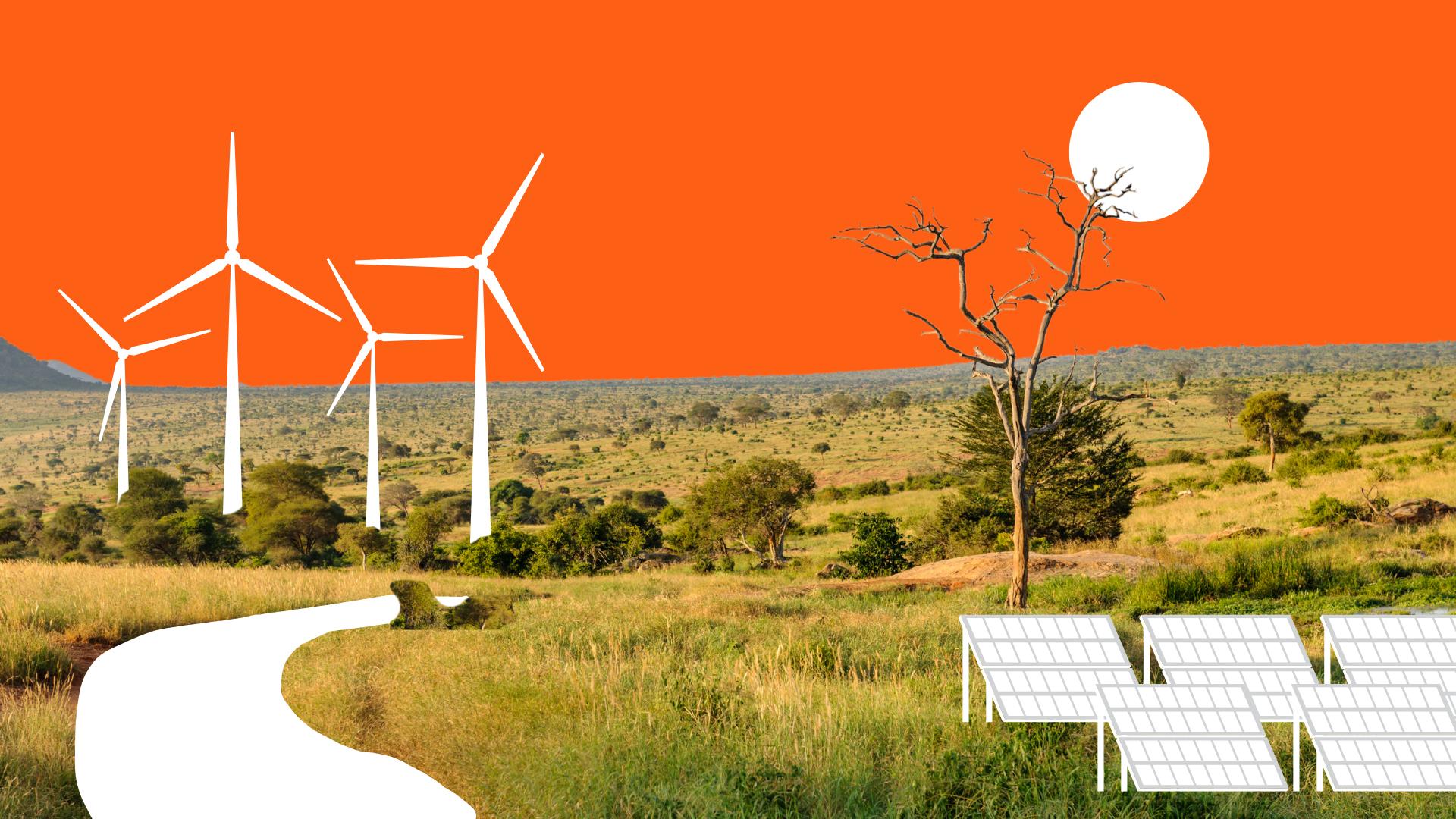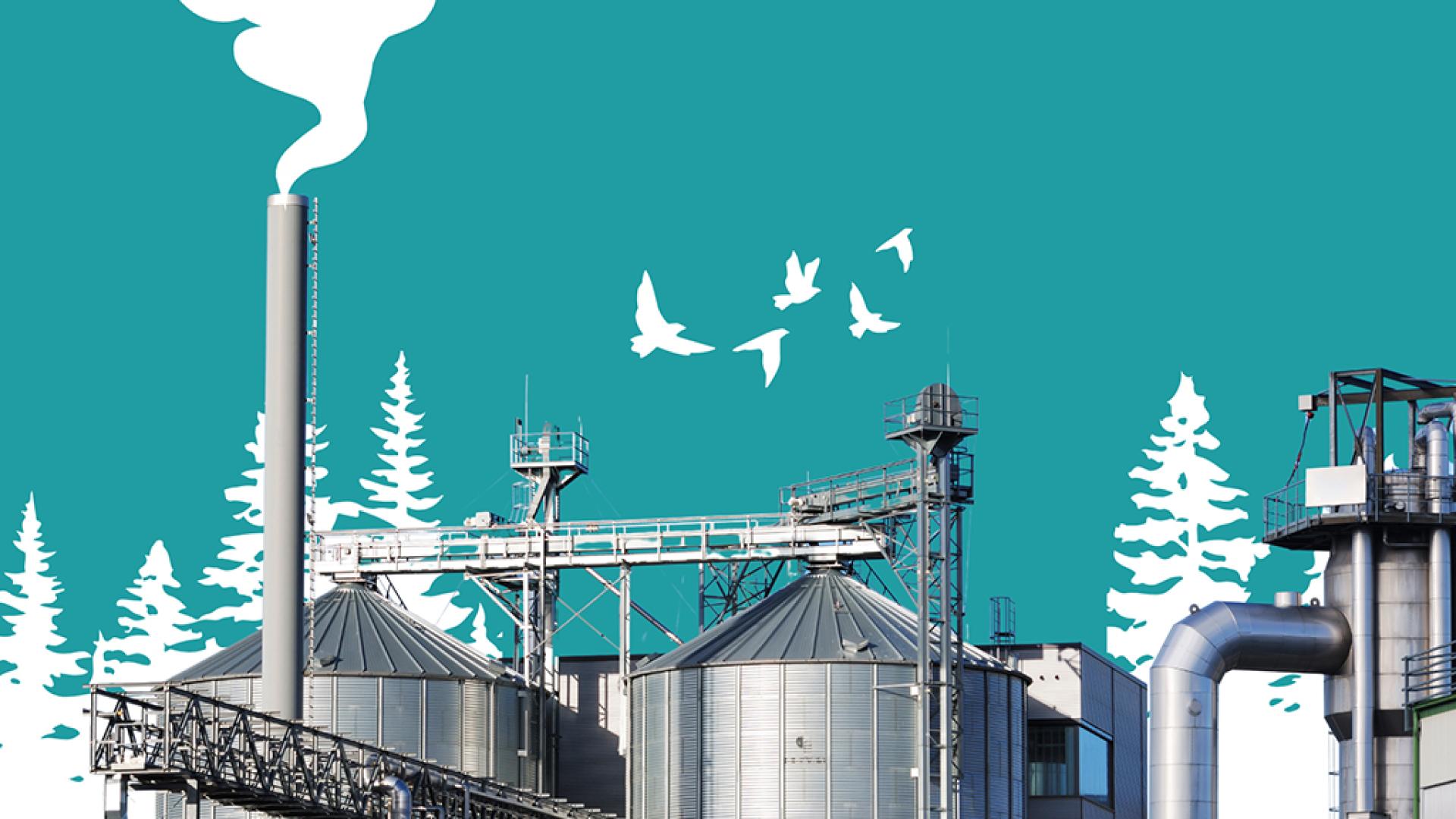Aiyana: Who are you? What do you want to share with the people reading this?
Laura: I was born and raised in Colombia. But the joke in my family is that I keep moving north. I’m a chemical engineer by training, and I moved to Puerto Rico for my master’s degree and then to Iowa for my Ph.D. I’m a mom to two amazing little humans who have taught me so much – that’s something I am most proud of more than anything.
A: What made you interested in sustainability?
L: Both my mom and my dad’s families were very large, and that meant resources were not abundant. So for me, sustainability was just part of my upbringing, part of who I am. I was raised as part of the collective consciousness of my family. I can hear myself echoing the same things my grandparents and parents told me with my own children: “Don’t waste food; don’t waste water; if it’s broken, you fix it.” It’s amazing to hear my children say to each other and to their friends, “Hey! Turn off the light!” It makes me chuckle! And as an engineer, you’re always trying to maximize efficiencies and reduce – that’s part of my training. Sustainability isn’t something I recently became interested in; it’s always been part of who I am.
A: So it seems like sustainability has always been a part of your life, at least in the background. But was there a particular moment where you were like, “Wow, I really need to do more!”?
L: There was definitely a moment I can pin down. I had a call to do more when I came back from maternity leave after I had my first child. I was sitting in a meeting room with one of my personal scientist heroes, who had been very successful in folding sustainability into the products he helped develop. We had a nice conversation, and I asked, “How do you do it?” And he said: “If you’re waiting for me to give you a roadmap, I don’t have one. It’s a journey you have to take.” Because 3M has such a global impact with our products, he really put into my head that there’s so much potential to move the needle in my own way.
I had this existential anxiety at the moment, having just had a child. So another question I had for him was, “Is there reason to be hopeful?” And he was like, “There’s no choice. We have to be hopeful. More importantly, we have to be hopeful and act upon it. You have to do those two things together.” It was quite powerful – that really set me on my 3M sustainability journey. I started to raise my hand all the time in meetings, asking what my team was doing about sustainability. I was becoming that seemingly annoying person asking questions all the time. But it got to the point where my director was like, “You tell me what you want to do for sustainability. You have to be scrappy, but you can figure it out.”
At 3M, we have a “15%” policy. You have your day job responsibilities, but you can donate 15% of your time to the things that excite you. So, I started a sustainability educational series and created a platform to showcase the sustainability work that was already happening. I helped create 3M’s own climate week – we had Jamie Beck Alexander [founder and former director of Drawdown Labs] come speak on the concept of “every job is a climate job.” That had a ripple effect for us here. It showed me that I don't have to wait for my team to tell me how to act upon sustainability; I can do it from my own chair.
A: Your call to do more after becoming a mother, your persistence, and your leadership giving you the agency to take action – these are all the perfect ingredients for climate action! I especially love the company’s 15% policy. Too often climate advocates are stuck taking action as an “extracurricular” and can get burnt out.
I know you went on to help co-found a committee dedicated to helping make every 3M job a climate job. Can you tell me more about that?
L: We had a broader community, but started to think about how grassroots efforts could connect with the larger 3M sustainability goals. There were people across the globe that wanted to do more, and with a more direct connection with the corporate sustainability team, we could organize with their help. Project Drawdown’s Job Function Action Guides were really instrumental in getting us thinking about how to apply them to 3M’s own processes, our own ways of doing things, our own different functions. We wanted to put the guides into the context of our colleagues around the globe. We had people volunteering time in Asia, in India, in Europe, all divisions and all different business groups, engineers and marketers. We found that everybody wanted to do the right thing, they just didn’t have the how. So we came together and created five unique sustainability job guides: Marketing, Manufacturing, Sourcing, Customer Facing, and R&D Leadership.
A: It’s so awesome to hear how the Project Drawdown action guides inspired you and your colleagues to create your own versions – I hope more people do so for their own companies! How have the 3M guides been received internally?
L: We started to talk to the HR department about the guides and the response we got was amazing. When we launched the guides, this is exactly what we wanted to head towards – charting a path into a future in which sustainability is truly at the core of everybody’s training. And now we have a direct endorsement from HR. During the launch event, the VP of the department was there and expressed full support of this work.
A: You had to work with so many different colleagues across time zones and functions to create the guides. What are your lessons being part of a group like that? How did you work effectively with everyone?
L: I learned a lot. I had a colleague in Germany so we were able to split up the teams into two different time zones. We were able to meet everybody where they are and be flexible. The other thing I learned from this was that I put so much into it, and I got so much more back. It’s been a hard year, and thinking and talking about climate can be daunting. And it’s only by the reflection of the people that were in the committee that I was able to stay actively hopeful, because I knew there were like-minded people doing their best. It was all of us coming together. Even if it was getting together for 30 minutes, we were able to find that community and give us extra excitement for our days.
A: I’m glad you mentioned the importance of community in doing climate work, because, like you said, it's very daunting! So, what are the next steps for the guides? How do you hope the work will evolve?
L: We had a lot of really positive feedback, and our next frontier is to continue working in the divisions in which each one of us sits and do more socialization and sharing of the guides, getting feedback. We’re also doing a pilot with VPs of R&D to figure out how to put sustainability at the forefront of the product commercialization and development process.





